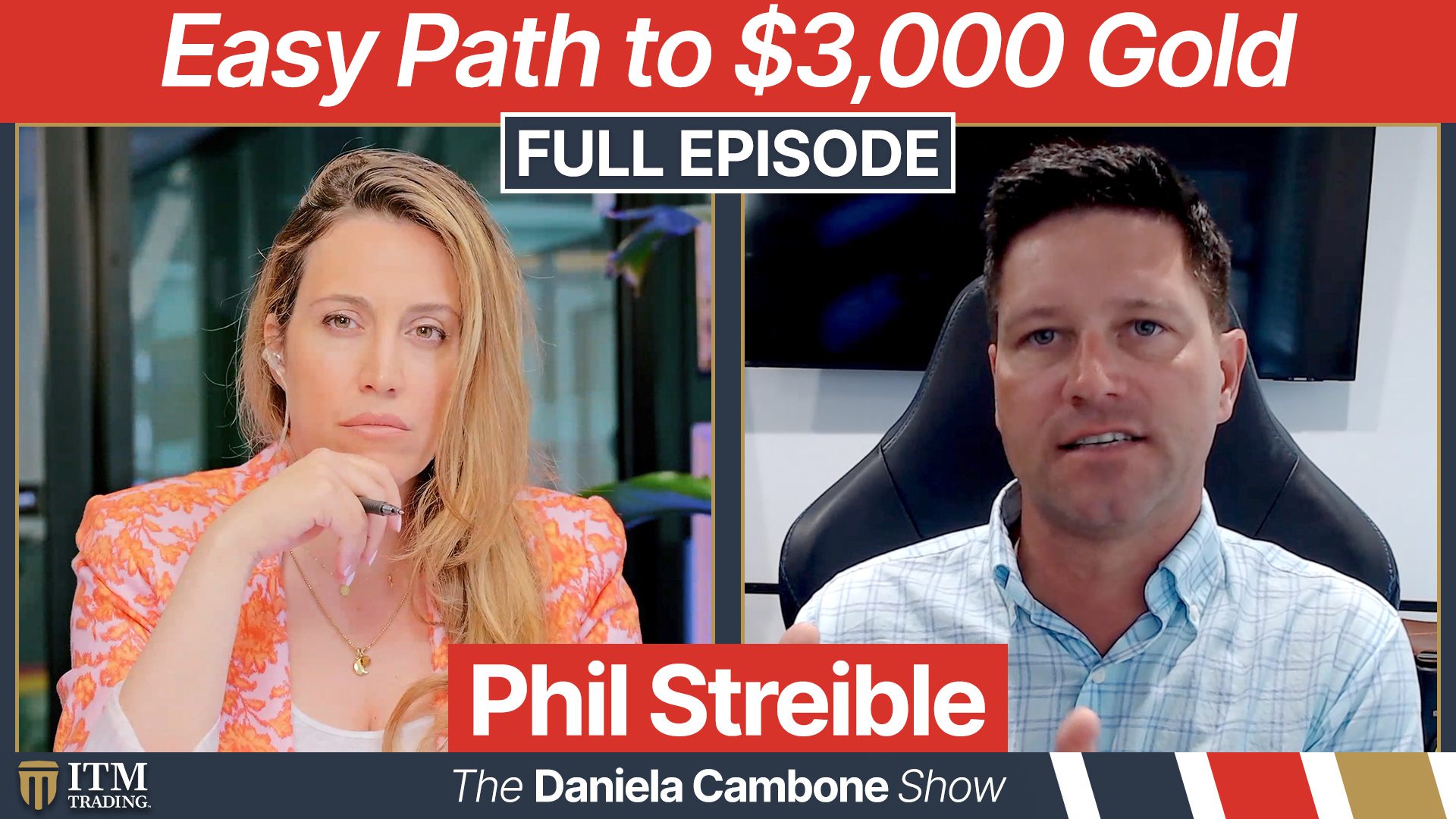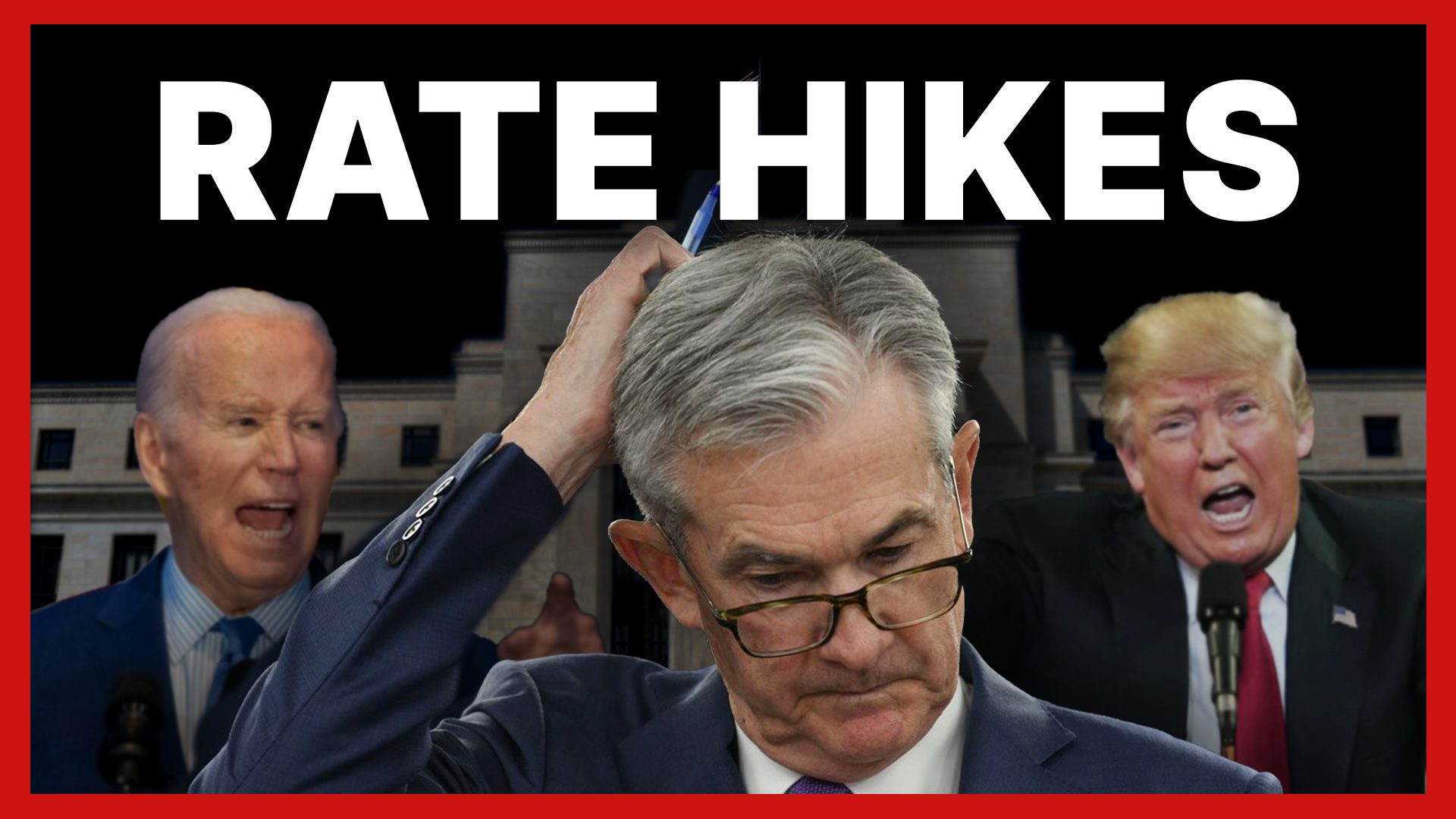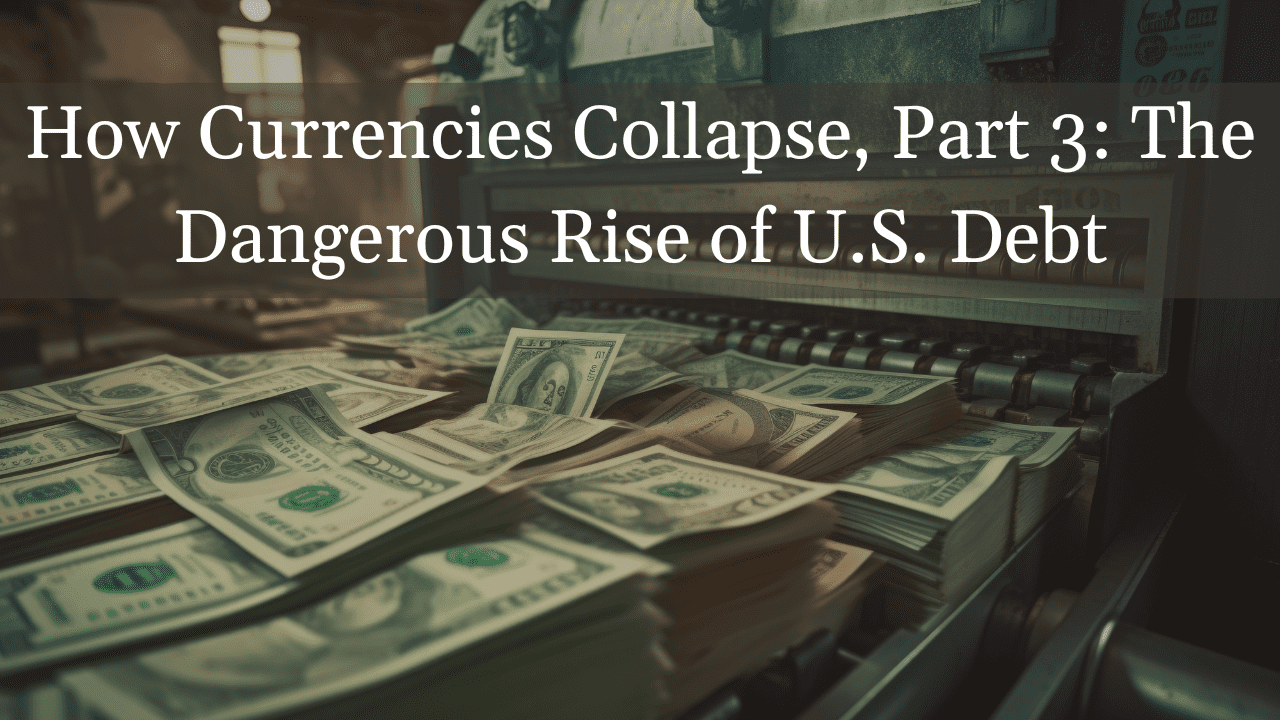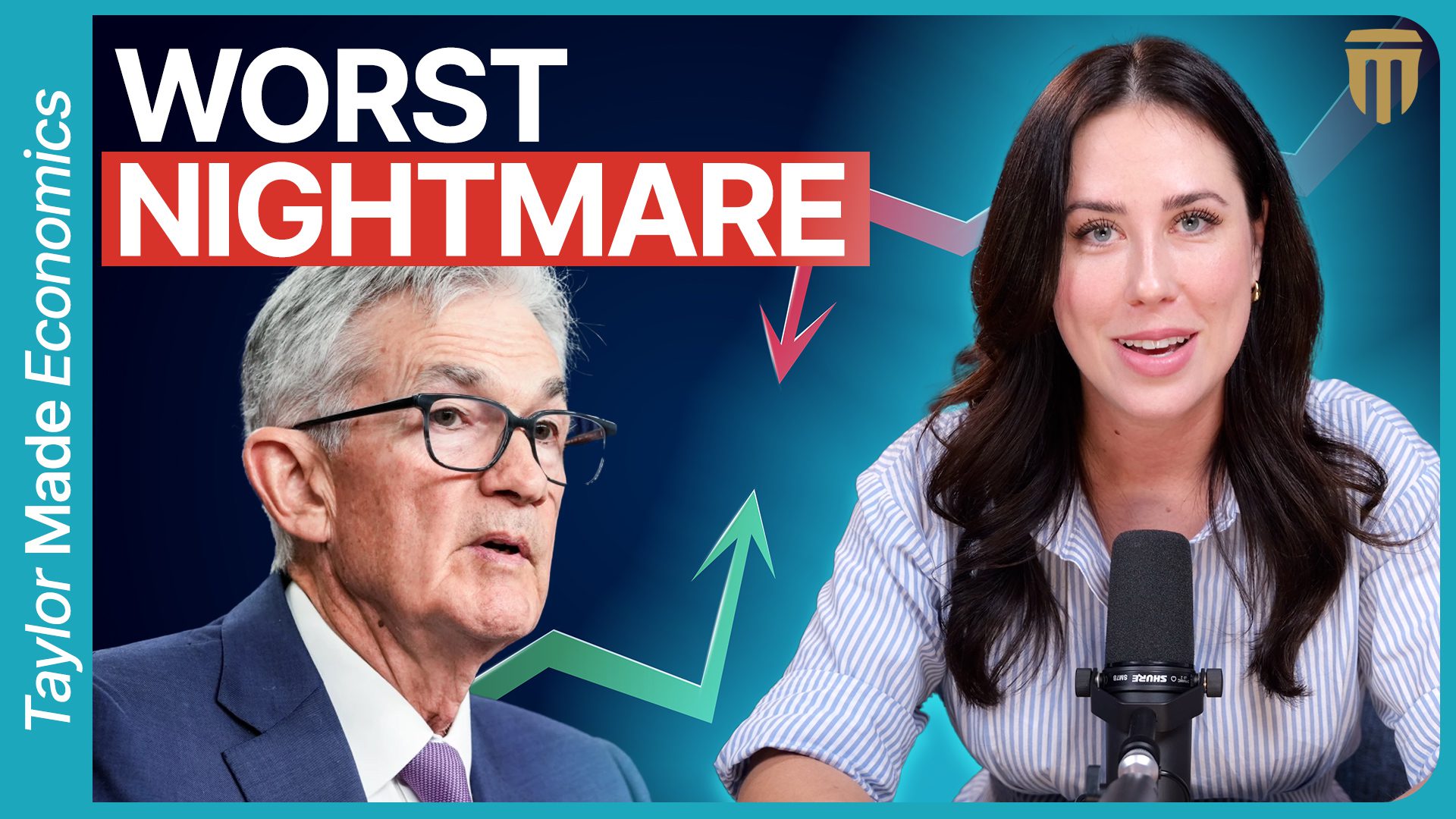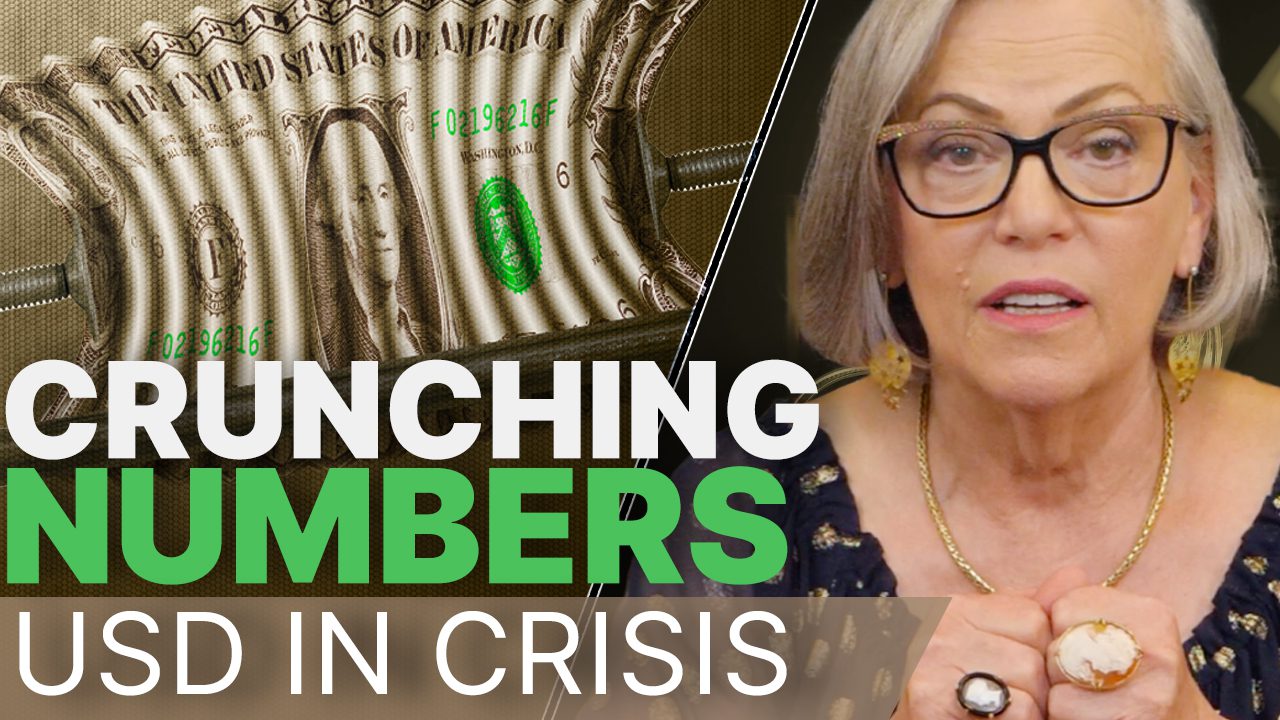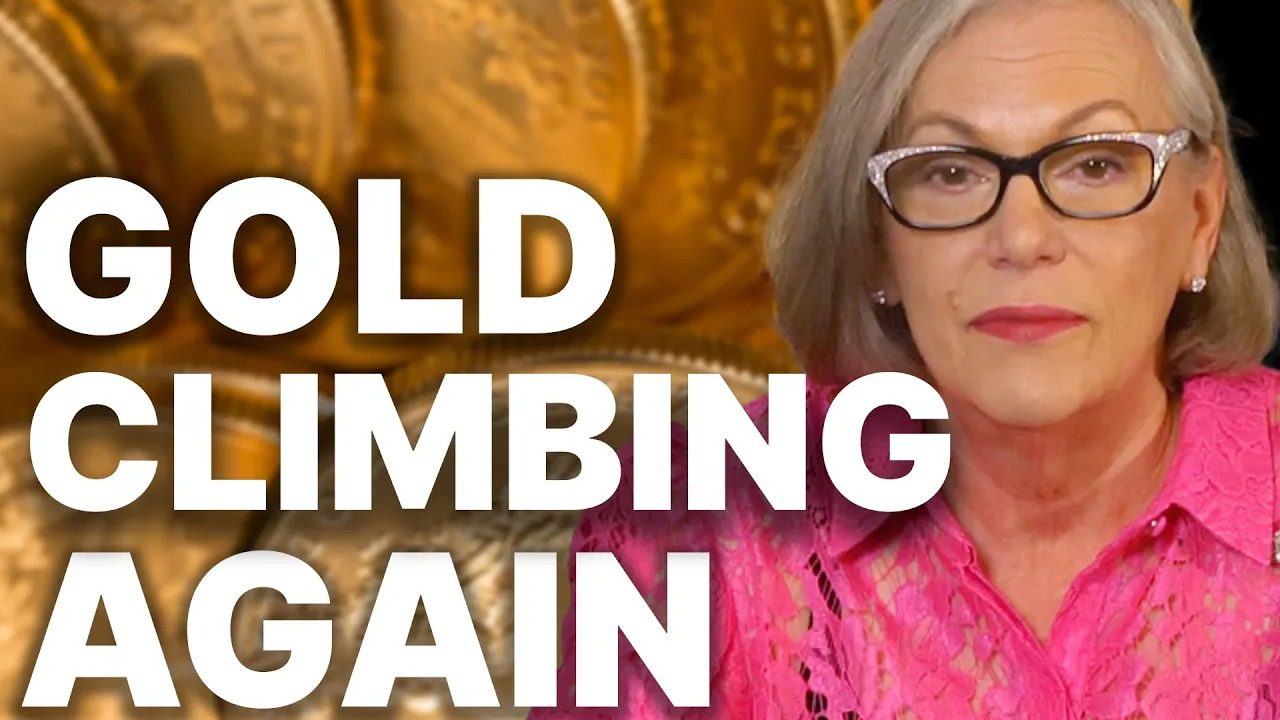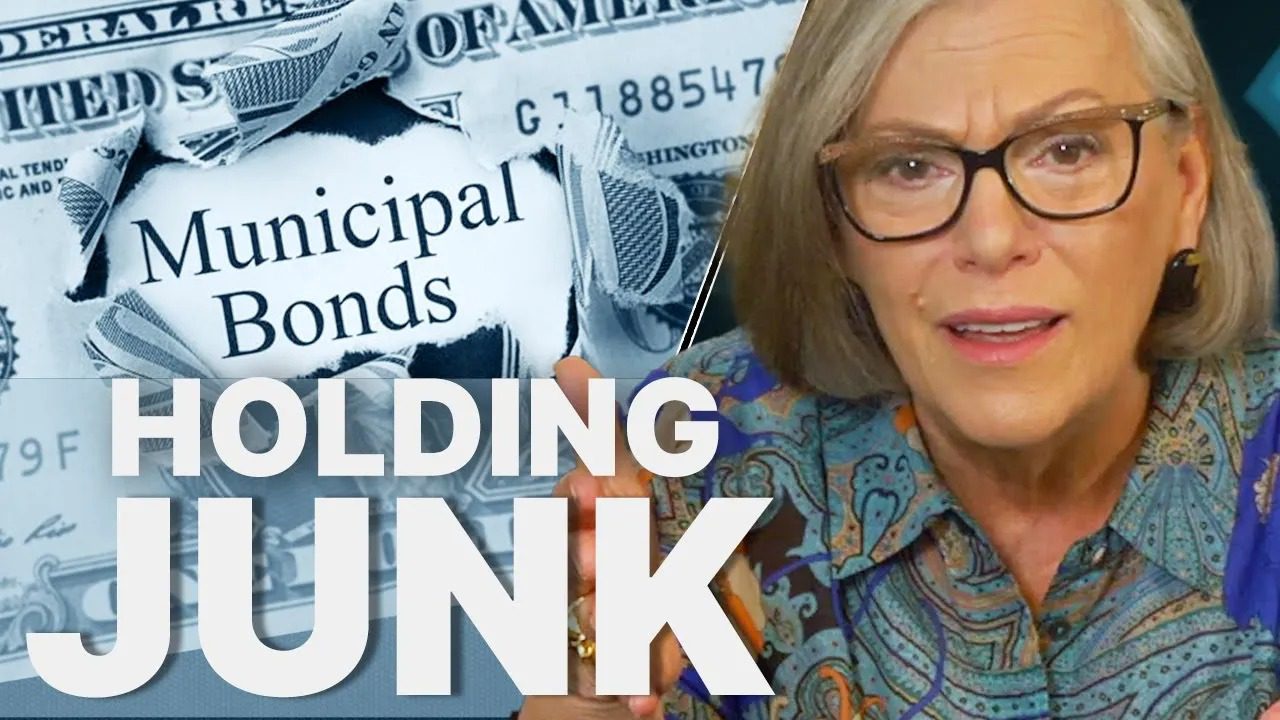Grading & Accessing the Value of Rare Gold Coins

Grading & Assessing the Value of Rare Gold Coins
Prior to 1986, coins were usually graded by dealers. This obvious conflict of interest
created controversy over the grade and value of the coin. In 1986 and 1987, two
nationally recognized independent third party grading services, Professional Coin
Grading Service (PCGS) and the Numismatic Guarantee Corporation (NGC), adopted the
Sheldon Scale to grade coins. The Sheldon Scale was developed in 1948 by Dr. William
Sheldon, a renowned numismatist, who assigned a grade of 1 to 70 to each coin being
evaluated. Using the Sheldon Scale these two organizations independently grade each
and every coin submitted to their service, eliminating any conflict of interest.
Uncirculated grades are Mint State (MS), beginning at MS60, and rising to MS70.
Each step in the grading process reflects an improvement in quality.
 PCGS
PCGS
and NGC Grading Services
Since the inception of PCGS and NGC, the condition of individual coins has been
greatly emphasized. The advent of these services means you can acquire gold and
other rare coins with confidence, knowing that the coins are authentic and properly
graded. In fact, today valuable and rare coins are routinely sold sight-unseen via
the telephone or electronic numismatic exchange.
However, ITM only sells
sight-seen coins, and we believe it is wise for an investor and/or collector to
understand the difference. There can be quite a variance in the price one might
expect to pay and, more importantly, the price one might expect to receive between
sight-seen and sight-unseen coins, especially when the coins are sold!
The paragraphs below are taken verbatim from the May 10, 1996 Certified Coin Dealer
Newsletter (Bluesheet). This is a dealer-to-dealer newsletter which indicates the
wholesale value of sight-unseen coins. We think it may help you better understand
why ITM Trading only offers sight-seen coins to its clients.
If you have any questions, especially on how to own rare gold coins, please call
your ITM representative today!
Sight-Unseen Market Is Wholesale Only
While the Bluesheet represents sight-unseen Bidding activity, it is terribly unfair
to assume that all the information within these pages comes from the method of trading.
When generic coins trade daily, sometimes hourly, such as MS65 Morgan Dollars, one
could rightfully assume that the prices paid are truly representative of the wholesale
market; whether it be sight-seen or sight-unseen. If Bid is $ 90 and hundreds of
coins trade at $ 90, give or take a dollar, it sounds like MS65 common Morgan Dollars
are worth $ 90 wholesale.
This does not mean a retail customer can buy a group of MS65 Morgans at $ 90; they
will probably cost in the neighborhood of $ 100 to $ 115, depending on the overall
quality of the coins. Nicer ones will even cost more of a premium. If the customer
wants the cheapest coins, he can expect the lowest quality. If he wants average
to better coins, they will cost more. As the old adage states, “You get what
you pay for.”
When coins are not generic, they do not trade on a daily, weekly, or even a monthly
basis. They trade when a buyer and seller get together. This will usually take place
when one dealer (the buyer) likes the coin better than the other dealer (the seller);
the coin is then added to the buyer’s inventory. Or, the buyer has a customer
for this particular coin. Of course, the customer (collector) then buys the coin
sight-seen from the dealer.
While this sort of activity takes place every day, the same coins (denomination,
date, and grade) are not traded that often. Despite the popular belief that sight-unseen
Bids may represent value, this is not the case at all. We may see three sight-unseen
Bids for a particular Type coin at $ 1,400, $ 1,410, and $ 1,420; yet, the sight-seen
Bids may be something in the area of $ 1,750, $ 1,800, $ 1,900, and $ 2,000.
One ugly coin might trade sight-unseen at $ 1,420, but this coin will usually not
be sold to a retail customer. This is what may be accepted when a seller needs money.
At the same time, several coins may wholesale at the $ 1,750 to $ 2,000 level and
then be sold to retail customers. These would be nice coins that collectors would
be proud to own. At the same time, these should be coins that the dealer will want
to buy back at a later date.
The point here is that the sight-unseen Bids are a safety-value price; they do not
represent value (except for generics). They represent quick-sale wholesale levels.
When one wants to sell nice coins, they will command sight-seen prices to the buyers
that appreciate them the most.
Video: PCGS’s grading process with David Hall, President and Founder of PCGS.
